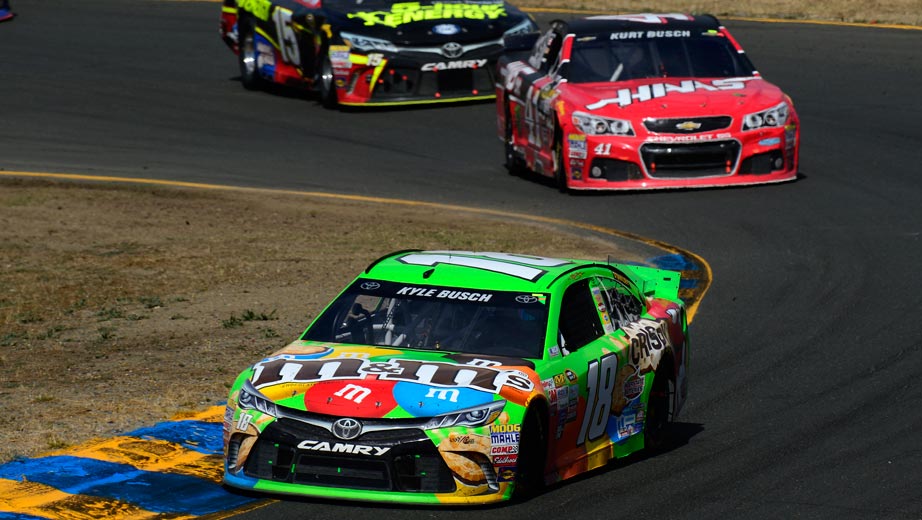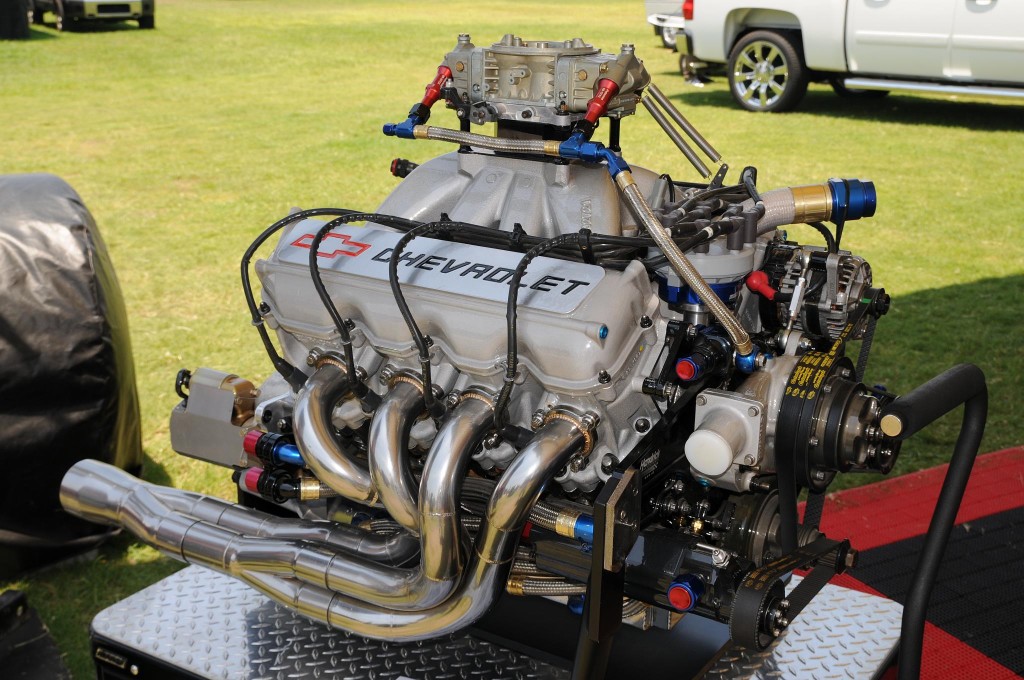The Difference Between Race Cars and Street Cars
Stock car racing got its name from the early days of the sport, when racecars were strictly stock cars from the factory that had a few performance and safety tweaks. The stock cars we watch today have come a long way from their ancestors, constantly improving and resetting the standards of racing.
How do today’s stock cars differ from what you can buy from the factory? There are several major differences:
The Engine
For comparison, we’ll use a NASCAR engine. NASCAR engine blocks are custom-made, not modified from the original engine block. They do, however, share some similarities with the original. They have the same number of cylinders, the same base displacement and the same cylinder bore centerlines. Where NASCAR engines stand in stark contrast to regular engines is in the power – they’re consistently modified so they can produce the maximum.
One main difference comes in the NASCAR engine’s cam profile. It’s designed to keep the intake valves open longer, which means more air can be packed into the cylinders. More air and fuel is let in through the use of carburetors, unlike street cars, which mostly use fuel injection.
Both the intake and exhaust are modified so they provide a boost at certain speeds. The exhaust is exposed, with no muffler or catalytic converter to slow it down.
The subsystems of the car, including all of its pumps and alternators, can function at continuous high speeds and temperatures.
Finally, every part of the engine is made to exact dimensions to enhance power and reduce wear.
The Safety
Safety is a top priority for most automakers when they design street cars. They must meet certain crash safety ratings from the NHTSA, and many include air bags packed into every possible space.
A NASCAR driver has no airbags. Instead, they’re buckled in by a five-point harness and wear a mandated helmet. This setup is superior to a standard seatbelt. The seat is placed more toward the center of the racecar, so if the sides do get punched in, the driver has a better chance of remaining safe. A steel roll cage encapsulates the vehicle, designed to withstand brutal impacts should the car flip upside-down.
The Tires
While both kinds of tires are designed with performance in mind, racing tires have a relatively quick lifespan. Most last about 75 miles, whereas regular tires can last up to around 10,000 miles.
When you look at the main functions of each tire, it makes sense. Racecar drivers want tires that can handle extremes such as high forces, incredibly hot temperatures and fast speeds over short distances. A regular driver just wants tires that last.
Unlike regular tires, which are made out of rubber, racing tires are typically made from a polymer compound with a dual layer of carbon.
An obvious differences between the two kinds of tires is the tread. Regular tires have treads to provide grip in inclement weather. When racecars race in dry weather, they use slicks, which provide more surface area to make contact with the road. This enhances the grip.
Sometimes, racing tires are filled with nitrogen instead of oxygen, which increases the tire’s lifespan.
The Features
When you buy a car, one of the most exciting parts is all the features that come with it. The radio, the sound system, the built-in navigation, the tinted windows and the interior fabric are just a few items that may fit your fancy.
Of course, a racecar has none of these. It doesn’t even have a cup holder, and the windows are never tinted. All you get is a custom-molded seat that doesn’t adjust, the few gauges on the dashboard, the steering wheel, the transmission and the accelerator. Going more than 200 mph should be a feature in itself – racecar drivers really don’t need much else.
Now that you know the main differences between a street car and a racecar, get yourself to a race and watch the differences in action!



Overall feeling is different. You could have a stock fiesta and a Spec B fiesta (stock fiesta with a roll cage and race seat) and its like night and day.
After a weekend of racing I climb into my DD (a WRX) and it feels tall, soft and squishy.
When your ass, hips, thighs, back and shoulders are wrapped in carbon fiber and youre strapped down so that you can only move your extremities and there is less than an inch of padding between your ass and a solid surface, you feel EVERYTHING that the car does.
The biggest difference is you can corner harder by driving faster in a race car.
If you drove a street car like that it would either have oiling issues, engine coolant issues, brake fade or tires that are overheating.
That's why race pads (for example) are awful on the street.
I didn't realize that race cars used carburetors to let fuel and air into the engine. It helps to know how these engines function differently so that we can see how the fuel type for that engine can affect performance. After doing some research, I think it's wise for drivers to try a few different kinds of racing fuel to see which one helps their engine perform its best.
Conservatories have become a very popular choice as a way of extending your home without losing any natural light. Many of us want to move up to a larger home, but without the actual moving. Now, there is a growing trend for more bespoke designs.
Hello,
This isn't to say race and road cars are diametric opposites. A race car uses many of the same basic components as a road car, but most of those parts are designed with a very different task in mind. Vehicle AC Condensers
There is a big difference between race cars and street cars. Race cars come with tinted glass where we have to apply window film to get our
car window tinted.
Having car window tinted is a good thing. It will protect us from UV rays and also save our useful things from getting stolen.
auto window tinting.
Are you ready to take your business to new heights? Alien Leads, a leading SEO agency based in Scottsdale, can help you achieve your online marketing goals.